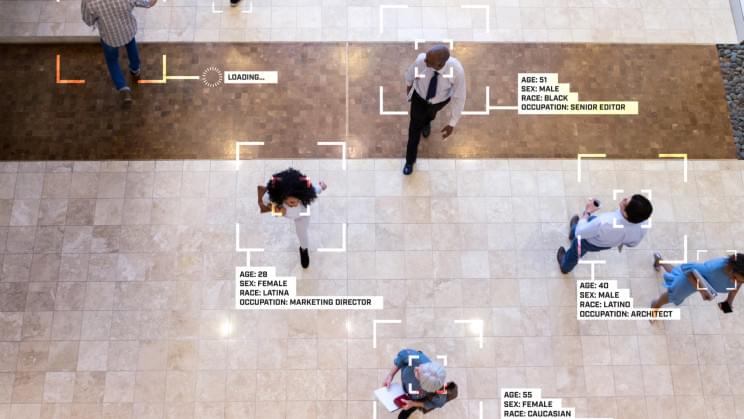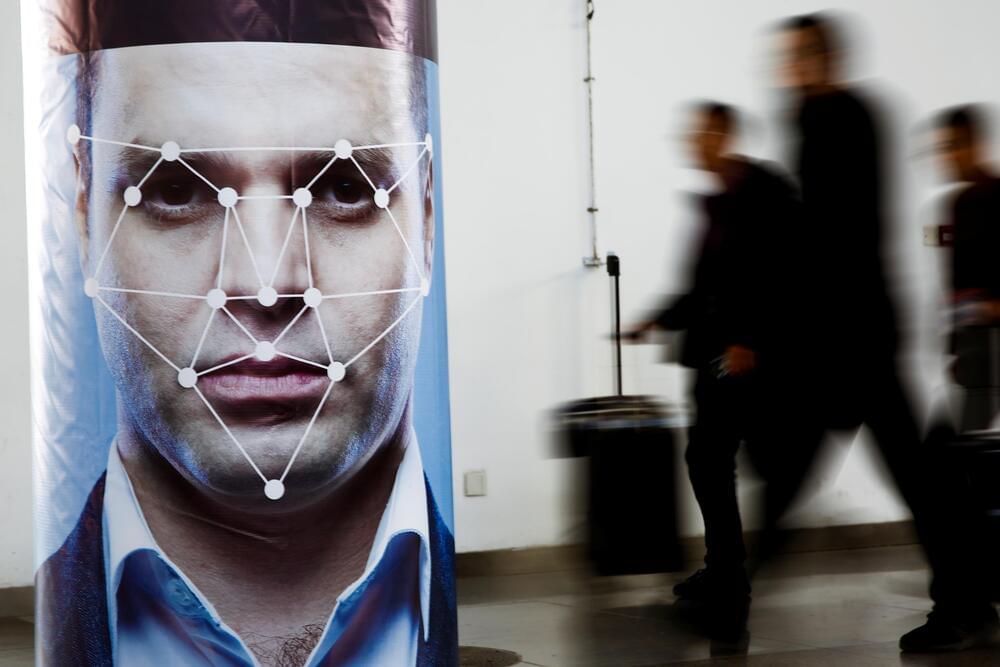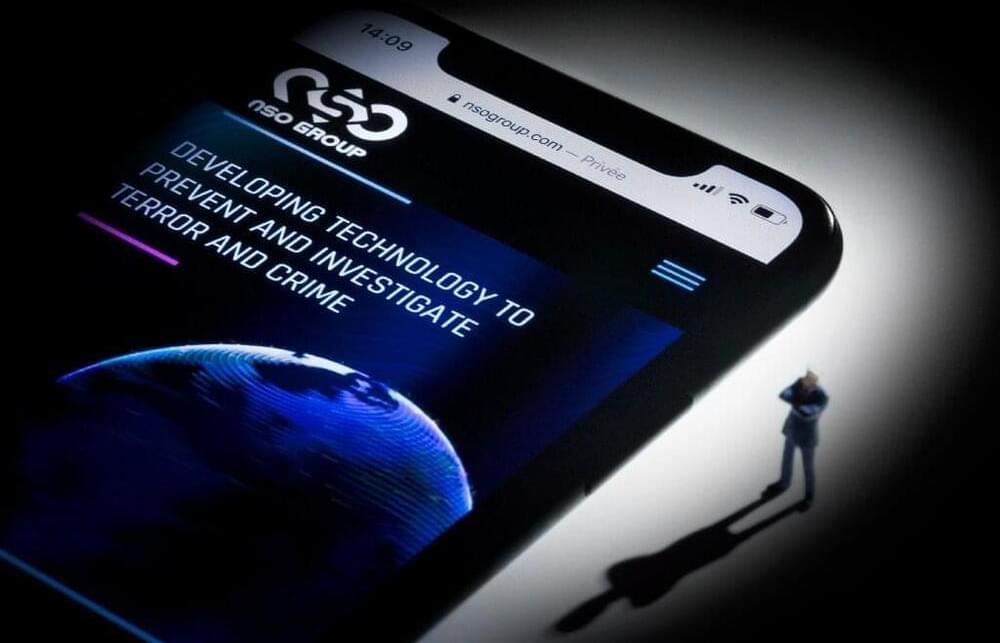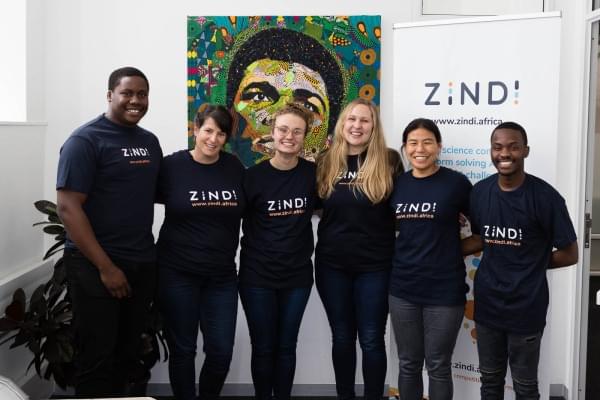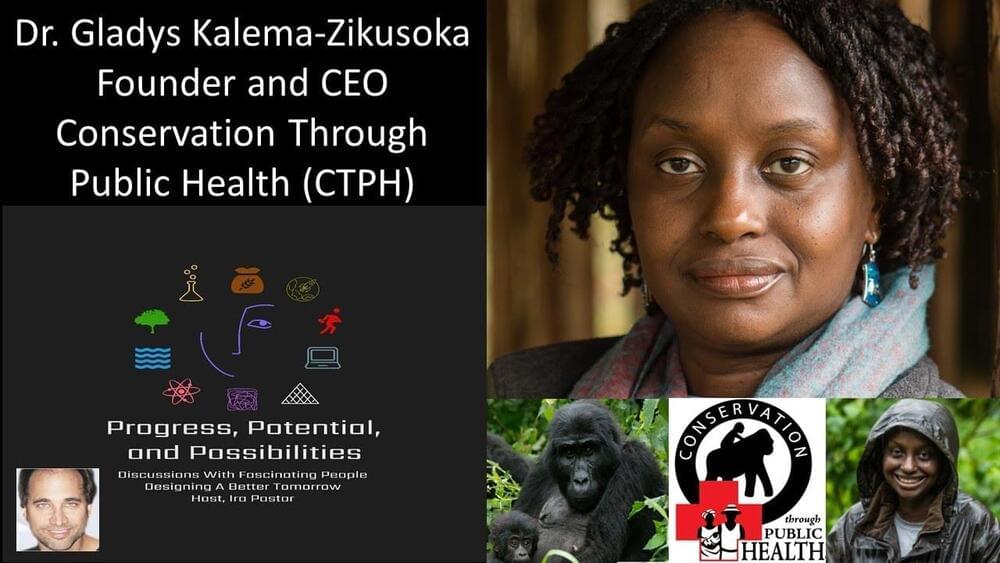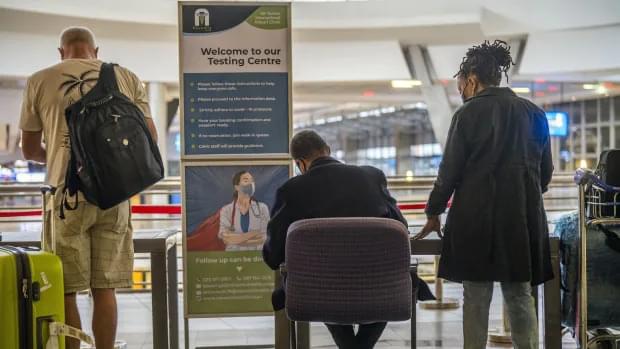The FlyZero aircraft is one of a range of aircraft being designed by the FlyZero program. The new concept will store hydrogen in cryogenic fuel tanks, keeping them at a temperature of minus 250°Celsius (minus 418°Fahrenheit). Two cryogenic tanks will be placed at the rear of the plane, while two smaller “cheek” tanks will be placed near the front of the plane to keep the aircraft balanced. The mid-size aircraft will have a wingspan of 54 meters, each of which will have a turbofan engine attached.
“These designs could define the future of aerospace and aviation,” said U.K. Business Secretary Kwasi Kwarteng in the ATI’s statement. “By working with industry, we are showing that truly carbon-free flight could be possible, with hydrogen a frontrunner to replace conventional fossil fuels.”
In its statement, the ATI estimates that “highly-efficient hydrogen-powered aircraft” will “have superior operating economics compared to conventional aircraft from the mid-2030s onwards.” The ATI has received £1.95 billion ($2.6 billion) in funding since it was founded in 2013. The FlyZero concept program, which received £15 million of that funding, promises to allow travelers to fly with the same speed and comfort provided by airliners today.
Full Story:
The 279-seater could fly from London to San Francisco without refueling. A U.K. government-backed research firm, Aerospace Technology Institute (ATI), revealed a new liquid-hydrogen-powered airliner concept called FlyZero.

